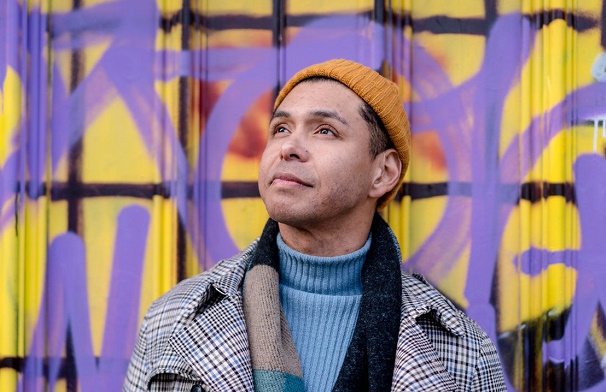The second person in the world ever to be cured of human immunodeficiency virus (HIV) has revealed his identity for the first time, about a year after he was cleared of the virus that causes AIDS.
Adam Castillejo, the 40-year-old who has remained anonymous and known only as the “London patient” throughout last year, went public on Monday in an interview with The New York Times.
Castillejo, who was declared free of HIV by doctors in March 2019, said he wants to be an “ambassador of hope” to others with the condition.
Timothy Brown, the “Berlin Patient”, had been named the first human to be cured of the disease during a 2008 conference on “retroviruses and opportunistic infections.”
But, according to BBC, Castillejo became free of the virus after over 30 months of stopping anti-retroviral therapy, with experts attributing his cure to a stem-cell treatment he had for cancer.
In stem cell treatments, healthy cells are transferred from a donor to replace the damaged marrow of patients, thereby allowing their body to produce healthy and disease-free blood cells.
It was found that this procedure appears to stop the virus from being able to replicate in the body by replacing the patient’s own immune cells with donor ones that resist HIV infection.
According to a report published on the Lancet HIV journal, Castillejo’s donor had an uncommon gene that gave him protection against HIV, leading to him being cured of the deadly ailment.
Speaking on the discovery, which had followed years of research and clinical tests, Ravindra Gupta, a researcher at the University of Cambridge, said it presents an “almost certain” cure for HIV.
“This represents HIV cure with almost certainty. We have now had two and a half years with anti-retroviral-free remission,” Gupta was quoted to have said.
“Our findings show that the success of stem-cell transplantation as a cure for HIV, first reported nine years ago in the Berlin Patient, can be replicated.
“It is important to note that this curative treatment is high-risk and only used as a last resort for patients with HIV who also have life-threatening haematological malignancies.
“Therefore, this is not a treatment that would be offered widely to patients with HIV who are on successful antiretroviral treatment.”
Although Castillejo’s case shows that 99 percent of his immune cells became healthy, the “remnants of the virus in his body” make it uncertain as to whether or not he might suffer a future relapse.
Copyright 2024 TheCable. All rights reserved. This material, and other digital content on this website, may not be reproduced, published, broadcast, rewritten or redistributed in whole or in part without prior express written permission from TheCable.
Follow us on twitter @Thecablestyle

